Liquid crystal displays and LED displays: Past, Present and Technical Analysis
- author:
- 2024-12-25 13:54:27

Have you seen the picture above?
It may seem like an outdated news article or cartoon, a little outdated, but if you look at the content of this image, you can see that it is very similar to the way we live today.
Of course," picking the" word, such as a school trip to the moon or choosing from multiple jobs, is unrealistic or will make you laugh, but consider it's news and comics from a 25-or 25-year-old. 55 years ago, we would have been surprised.
The closest thing to modern life that appears in this news and comics is a" portable small TV phone". You're right. This is the current smartphone. At the time, it may have been just an imaginary object, but in the modern era where the Internet and communication technology are developed, anyone, regardless of gender or age, can carry a smartphone. Not only can they make calls, but they can also easily use a smartphone. And quickly search for information, watch TV and movies.
Small portable TV phones that used to exist only in imagination can now be regarded as smartphonesthanks tothe miniaturization of components. By converting huge electronic circuits into tiny semiconductors, miniaturization of the device itself is possible.
In addition, another reason for the existence of smartphonesisthe development of LCD screens.
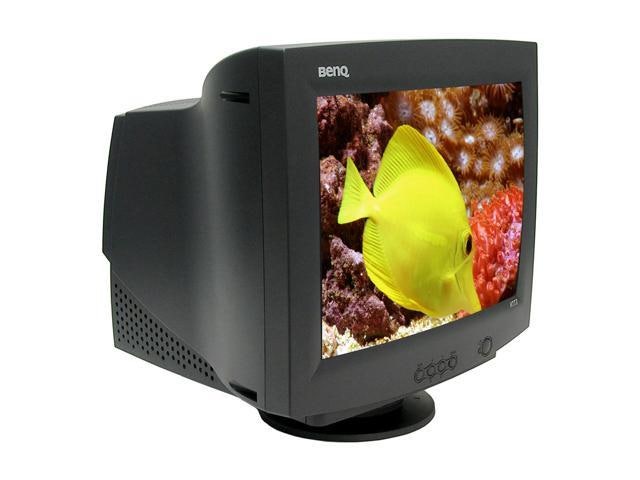
In the past, using a PC required considerable amount of space. Although it cannot be compared to the ENIAC of the distant past, the body of office PCs used in homes or businesses has a considerable size and weight, especially the display (the output device that displays the results). The computer is big and beautiful.
In the past, monitorswere mainlyCRTs. CRT is a well-known type of picture tube and the most commonly used picture tube in displays and televisions. CRTs receive video signals and use electron beams to create screens, with fast response speeds and high refresh rates, but as mentioned earlier, size and weight are issues.
In order to increase the screen size, the overall size must be increased from the front, back and side, so CRT displays larger than 20 inches can be troublesome to use on ordinary office desks.
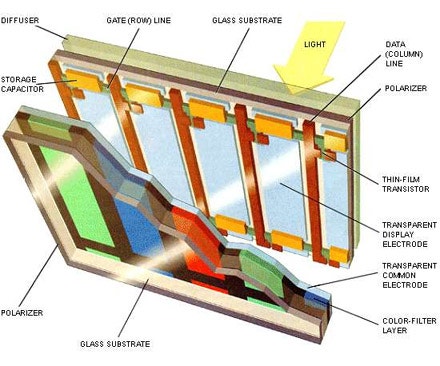
At the same time, LCDwas developed, which is the display most of us use today. With the development of liquid crystal displays, it has become possible to increase the screen size while keeping the front and back thin, and it is even possible to install liquid crystal displays in small devices such as smartphones.
But many people ask this question. What is the difference between LCD displays and LED displays? This is the problem.
To answer this question, we must first explain how LCD works. Liquid crystal displayscan be roughly divided into the panel part of the display screen, the control part that controls the screen,and the light source that generates bright light. According to the signal sent by the control unit, the liquid crystal element in the panel unit moves, which blocks or allows the light source to pass through the color panel, and ultimately forms an image on the screen.
The liquid crystal device that controls light during this working process is called Liquid Crystal in English. Display, which is a screen output device, was added here to form theLuqun Crystal Display. In other words,it becomes an" LCD".
Therefore,the term" liquid crystal display"is the general term for all displays that use liquid crystal elements to control light from light sources to create a screen.
The opposite concept isoled, also known as organic light emitting diodes. The advantage of OLED is that it does not require a light source like an LCD because the device itself emits light.
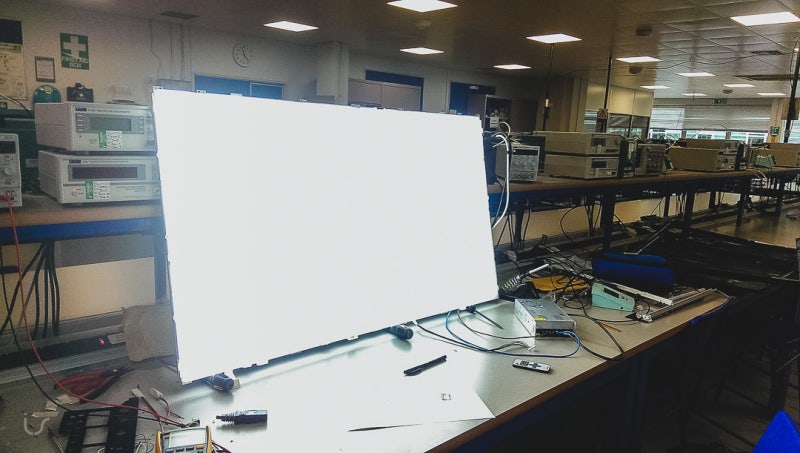
TAG:
Guess you want to see it
Popular information
-
Comprehensive analysis of DID LCD splicing screen technology
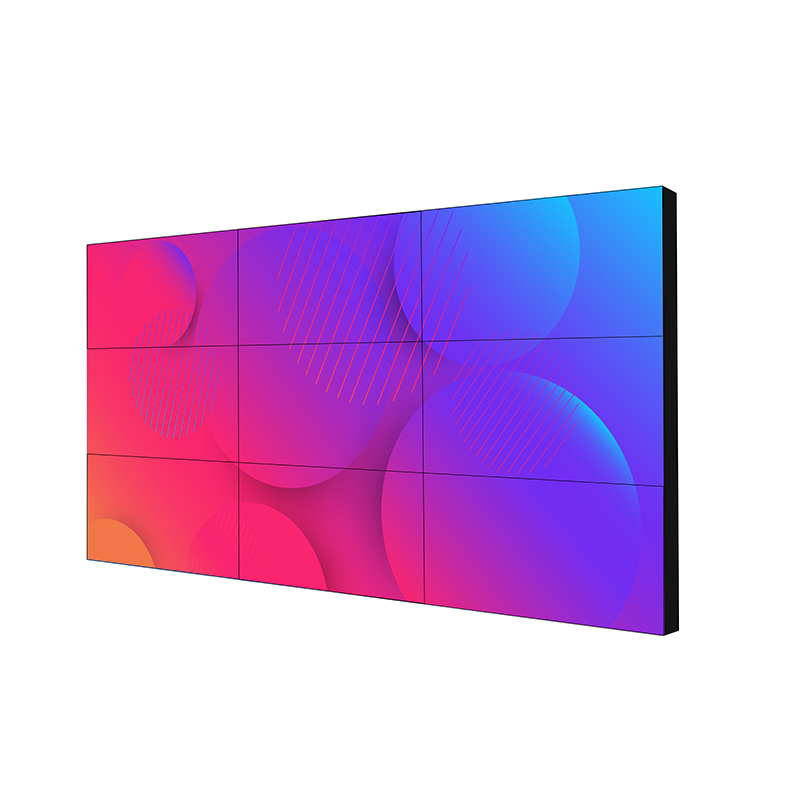
-
An article clearly sees the differences between PDP plasma, LCD, and LED displays?

-
As a qualified project manager with LCD splicing screens, what issues should I pay attention to when
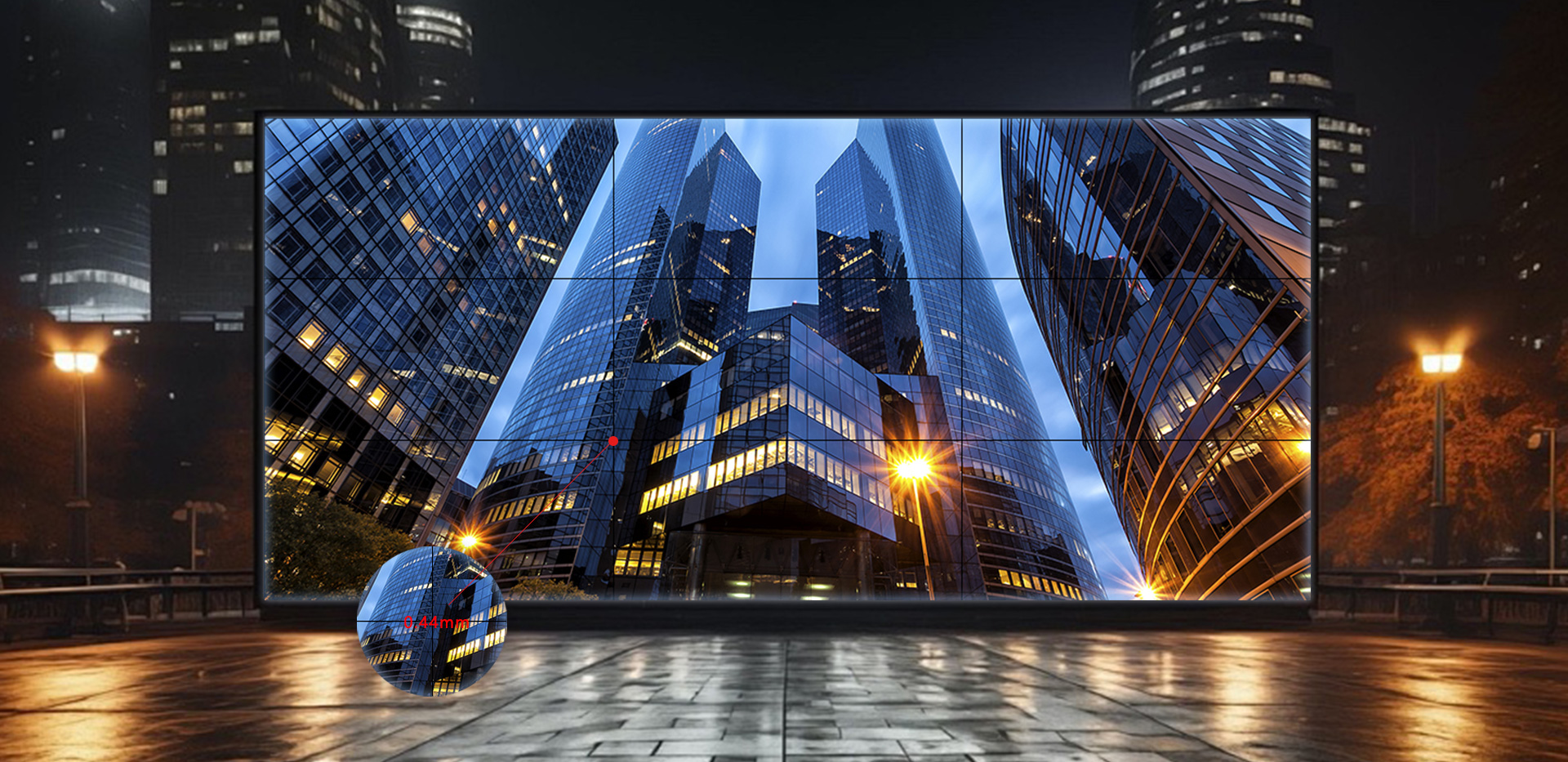
-
Liquid crystal displays and LED displays: Past, Present and Technical Analysis
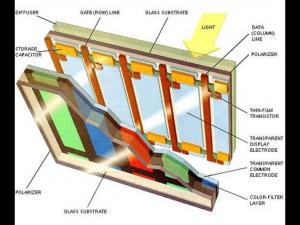
-
LCD versus LED display-which is better?
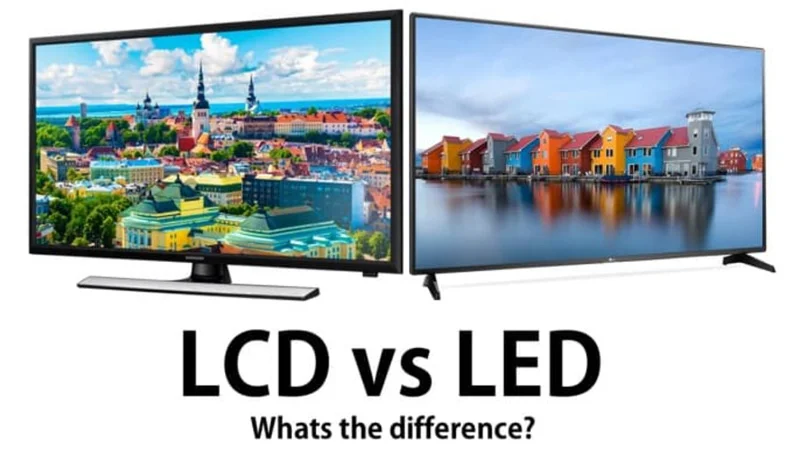
-
Items to pay attention to when purchasing LCD displays

-
Huike develops green TED high-penetration technology
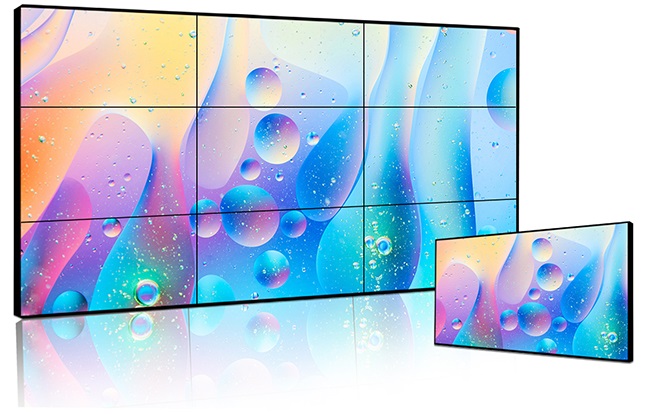
the charts
- San 'an Optoelectronics: Domestic products are becoming more and more involved, taking advantage of
- Items to pay attention to when purchasing LCD displays
- Comprehensive analysis of DID LCD splicing screen technology
- As a qualified project manager with LCD splicing screens, what issues should I pay attention to when
- An article clearly sees the differences between PDP plasma, LCD, and LED displays?
- Huike develops green TED high-penetration technology
- Liquid crystal displays and LED displays: Past, Present and Technical Analysis
- LCD versus LED display-which is better?
